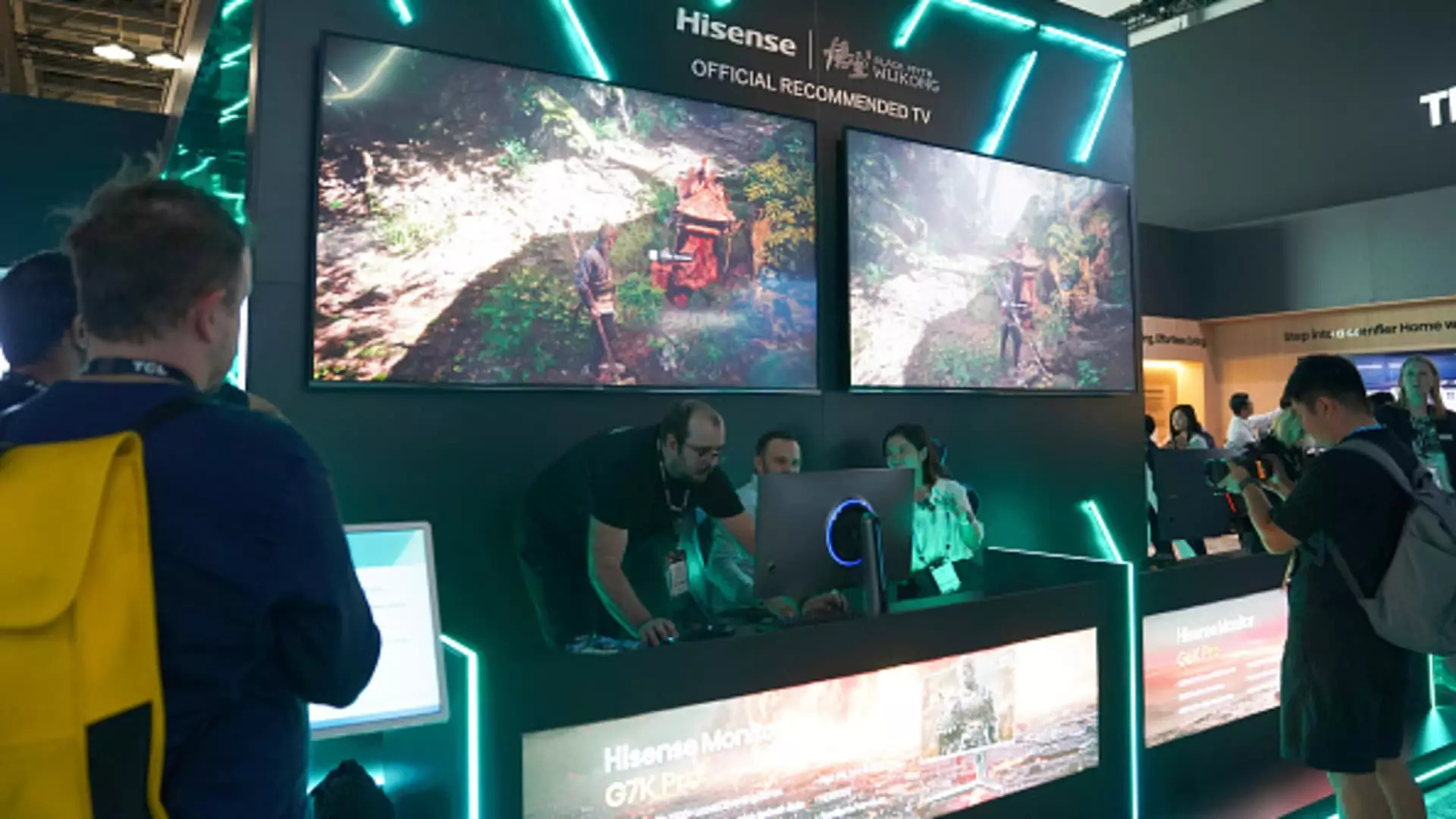The Chinese tech giant Hisense is setting its sights on becoming the leading television manufacturer in the United States within the next two years, as revealed by Catherine Fang, the president of Hisense International. This strategy hinges on innovative technology, strategic partnerships, and an aggressive marketing approach to elevate the brand’s presence and desirability among American consumers.
Strategic Partnerships and Brand Recognition
A significant move in Hisense’s strategy was cemented with its recent announcement of becoming the first official partner of the FIFA Club World Cup, which will be hosted in Miami starting June 2025. By aligning itself with a global sporting event like the FIFA Club World Cup, Hisense is not just promoting its products but also enhancing its brand’s prestige and visibility on a grand stage. Such sponsorships are crucial, as they connect Hisense with millions of football fans globally, potentially transforming it into a household name synonymous with high-definition viewing experiences.
Fang articulated the hope that this partnership would not only amplify the brand’s recognition but also facilitate an increase in market share, emphasizing that visibility in sports can help establish Hisense as a premium brand. Indeed, with brands like Samsung already dominating the market, forging connections through high-profile sponsorships may provide the leverage needed to attract a more discerning customer base.
Hisense is not merely participating in marketing gimmicks; the company is also heavily investing in cutting-edge technology designed to enhance user experience. The recent launch of televisions equipped with proprietary artificial intelligence chips illustrates this commitment. These chips not only optimize image rendering but also promise advancements in audio quality and features tailored to sports enthusiasts, such as voice-activated athlete statistics.
Such innovative enhancements are crucial for Hisense as it competes with legacy brands known for their high-quality visual presentation. To maintain relevance in the saturated market, Hisense must ensure that these features are widely available and marketed effectively in the U.S., as they could give a competitive edge over rivals who are still primarily focused on conventional LCD technology.
Hisense’s growing foothold in North America is evidenced by its ranking as the second-largest TV seller in the region as of the second quarter, trailing only behind Samsung. The company’s strategic efforts to tap into advanced technologies, such as QD-LCD and Mini LED LCD, are indicative of its understanding that the television market is rapidly evolving. As noted by industry experts from Counterpoint Research, continuously investing in these advanced segments could accelerate Hisense’s path to capturing a more significant market share.
In addition to its ambitions in the television sector, Hisense aims to solidify its position as the top Chinese brand for home appliances in North America—an endeavor that complements its existing focus on white goods such as refrigerators and washing machines. With half of Hisense’s revenue generated from markets outside China, particularly North America accounting for 30%, the company’s strategic emphasis on marketing and innovation seems well-timed to mitigate the challenges posed by a slowing domestic market.
Hisense’s aspirations to dominate the U.S. television market and expand its appliance sales reflect a broader trend of Chinese manufacturers seeking to carve out a significant presence abroad. With strategic partnerships, technological innovations, and a disciplined marketing approach, the firm is positioning itself for what could potentially be a transformation in both its brand identity and market standing in the coming years. This ambitious vision is not without challenges, but with continued commitment, Hisense may find itself among the upper echelons of American consumer electronics.

Leave a Reply